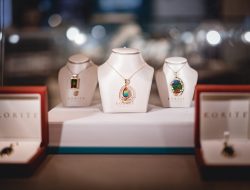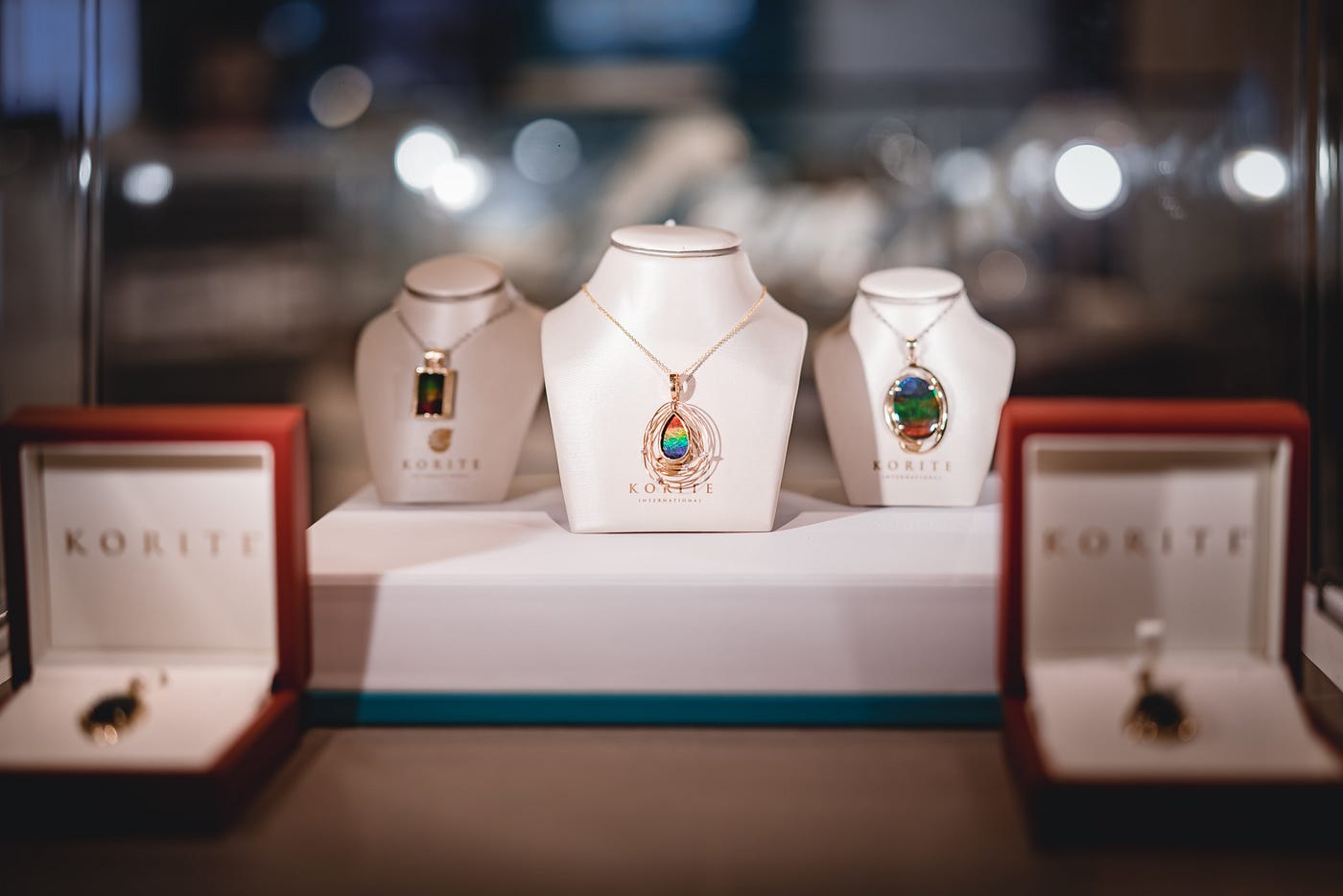Why You Should Consider Trying AR Jewelry – In 2022, the shopping experience caters to consumers and is more flexible than ever. After the outbreak of the COVID-19 pandemic, online shopping has not only become the most popular, but also the only shopping option for many people.
Why You Should Consider Trying AR Jewelry

swarovskijewelry – Augmented reality (AR) technology allows customers to get to know a product better, learn about it or try it without leaving their sofa. According to the latest data, there will be around 1.7 billion mobile AR users worldwide by 2024.
According to ThinkMobiles, 63% of customers believe that AR will improve their shopping experience, and 35% say they are likely to stop using AR. to online stores more than if there was an opportunity to try the product virtually before buying. Numbers speak louder than words – read our article to learn more about why AR jewelry apps are the perfect tool for attracting potential customers.
More and more brands are integrating AR experience features into their marketing strategies. It is now clear that retailers must modernize to meet consumer needs. In this guide, we’ve put together everything you need to know about jewelry retail in 2022. Fasten your seat belts and let’s start with an overview of how AR is changing the industry today.
How Augmented Reality is changing retail
How Nowadays people shop for jewelry online, but it wasn’t always like this. A few years ago, choosing jewelry was a very intimate process – be it an engagement ring, a necklace for your daughter when she turns one, or an expensive gift for a loved one. Due to the high price and importance of looking at jewelry, people hesitate to buy gold bracelets or diamond rings online.
However, AR technology has changed the way jewelry is sold. on the Internet. AR allows customers to be completely immersed in trying on jewelry in real time – as if they were in the store. Read our featured article to learn more about how AR jewelry apps create immersive experiences on customers’ devices.
Not only can customers benefit from AR online jewelry stores, but jewelry brands can also integrate AR apps into their marketing strategies.
The quality of consumer engagement increases. AR helps shoppers try on jewelry and make quicker purchasing decisions. Apps with AR features are more likely to convince customers to buy a product. A recent Business Wire article stated that 72% of survey respondents reported purchasing products they had not planned for due to the influence of augmented reality.
Higher conversion rate. According to Deloitte Digital, customers are 41% more likely to view brands that offer personalized AR experiences. Nearly three in four consumers say they are willing to pay more for products they can research using AR.
New products are easier to report. Forget printing a new catalog every time your brand launches a new jewelry collection. Now you can easily add a virtual 3D AR jewelry catalog so buyers can try new designs and check prices at any time.
Do social shopping. Buying jewelry is a very serious step, where customers go through several steps, perhaps asking friends for advice, comparing prices and of course reading reviews. AR apps allow buyers to easily share their product vision with someone.
Some of the biggest names in the jewelry industry have released virtual outfits. Diamond Hedge, an independent jewelry marketplace that allows users to select a diamond from an available selection, customize a ring and try it on virtually. Famous brands such as Tiffany and Co. and Pandora is also experimenting with virtual equipment. However, there are challenges in selling jewelry online.
Baca juga : Future Technology Trends in the Jewelery Industry
Accept the AR trial jewelry challenge
In our post about selling AR trial jewelry, we found that AR apps can move businesses forward. level However, some scenarios are still far from perfect. Let’s take a look at some AR features in jewelry stores and see if they really work.
Many jewelry retailers have added virtual try-ons to their websites, including prestigious American jeweler James Allen. This feature is advertised as a simple and elegant solution, as you can see in the video:
Plugging everything in isn’t that easy, and the result is a 2D image of a hand ring that you can just look at. from one angle. The lighting of the jewelry does not match the light of the hand, so it appears that there is no ring on the finger. Of course, the creators of this solution put a lot of effort into making this happen, but unfortunately the results are not impressive.
This example perfectly illustrates the situation of online versions of jewelry rings. In the online version, you can only see static images and it is very difficult to impress customers.
We will return to discussing the advantages and disadvantages of the online version later. It is important to say here that jewelers who are just starting out with AR should first consider creating an AR mobile app. We will discuss more about AR jewelers in our latest post.
We introduced a number of mobile apps that let buyers try on rings using AR, but they didn’t have a main app. Poor object and motion tracking, unconvincing 3D models, and minor UI bugs prevent developers from realizing the full potential of their apps.
Analyzing the market situation and using the experience of competitors, Postindustrial engineers have developed a unique virtual tire application that meets the needs of even the most demanding customers.
The manual tracking technology we use, based on our research and development, offers the highest possible accuracy on the market. We’ve taken advantage of high-resolution smartphone cameras and developed digital tools that we’ll discuss in more detail below.
Baca juga : Alat Pembuatan Konten Terbaik untuk Kreator dan Influencer
Array Tracking in AR for Jewelry Retailers
Tech-savvy jewelry entrepreneurs should look for trusted partners with experience. developed an AR jewelry matching app that ensures their customers receive realistic gems and perfect rings. With the help of modern AR technology, merchants can enhance their e-commerce experience and increase sales perfectly. Let’s look at how AR can be used in a jewelry store, using our ring fitting app as an example.
When our team researched the market, our goal was to create a solution that works without tags and uses all modern AR trends:
Crop videos using trained models. First, we checked out the MediaPipe team’s GitHub repository. They created a TensorFlow Lite model that can detect hands based on precise finger positions. By zooming out, we can apply this model and it returns a set of points for each joint of the hand.
Find the edge of the finger. The next step is to calculate the width of the finger in pixels so we can fit the rendered ring to it. For best performance, we rotated the image to align the target finger so that it was always pointing upwards. You can see the results of this operation in the following GIF. If you’re interested in the applications, we cover them in more detail in our article dedicated to hand tracking in AR jewelry technology.
Finger verification with feature recognition. Everything doesn’t immediately go as expected. The coordinates are well defined, but vary from screen to screen, resulting in annoying noise. To fix this and “glue” our ring to the position we found earlier, we place a ton using homography. Applying one of the popular feature detectors (SIFT, SURF, ORB, BRISK, etc.), we find simple features in the current and previous frames and move previously detected points to new locations, avoiding jitter.

